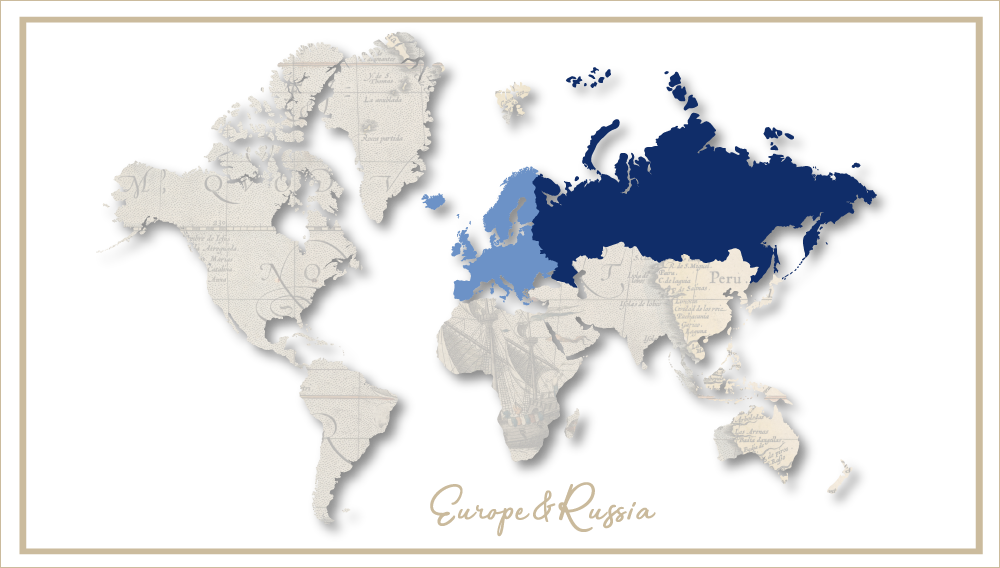AB-InBev’s U.S. woes
While the world seems to be on the brink of another financial disaster, AB-InBev gave the markets its usual spiel: all key financial figures pointed upwards in its second quarter ended 30 June 2011. Net profit rose 26 percent to USD 1.45 billion from USD 1.15 billion a year earlier, while revenue increased 8.5 percent to USD 9.52 billion from USD 9.17 billion, said the producer of brands like Budweiser, Stella Artois and Beck’s on 11 August 2011.
Profit was also helped by lower expenses on tax and financing and the weakness of the dollar, since AB-InBev generates much of its sales in currencies other than the dollar.
However, volumes for the beer group grew just 0.3 percent in the quarter, with own beer volumes up 0.6 percent and non-beer volumes up 1.1 percent.
To AB-InBev’s chagrin, the volume of beer sold fell 2.6 percent in Brazil and 1.4 percent in North America, its two major markets.
AB-InBev’s market share in the U.S. declined by about 0.5 percentage point in the quarter, thus continuing its downward slide.
AB-InBev said beer volumes in the U.S. were hit by poor weather and high petrol prices, as well as a price increase for the company’s cheaper brands. AB-InBev has been trying to reduce the price difference between its so-called sub-premium and premium brands from 25 percentage points to 15 percentage points to get consumers to opt for more expensive beers.
This strategy seems to have worked so far as AB-InBev has increased its share of high-end beer sales by 1 percentage point since December 2010, it was reported.
The decline in volume in Brazil was accentuated by the strength of the prior-year performance, when drinkers bought more beer at the time of the soccer World Cup.
The brewer said it increased its share of the market in the Latin American country to 69.3 percent in June, and that its average share in the first half was 68.6 percent.
China saw the biggest increase in beer volumes, which were up 12 percent compared to the second quarter last year. AB-InBev said its Budweiser, Harbin, and Sedrin brands all saw volume growths in the double digits.
Even though the weak dollar helped profits, it is driving up the value of its debt, AB-InBev admitted.
Net debt rose by USD 400 million to USD 40.1 billion at the end of the January to June period, the company said, citing “the seasonality of our cash flows and the impact of foreign exchange fluctuations.” Still, AB-InBev aims to reduce the ratio of net debt-to-EBITDA to 2 times during 2012, from 2.75 times now.
The 2011 outlook is “essentially unchanged,” the company said. Volume should improve in the second half, and revenue per hectolitre will probably grow at a faster rate than inflation, it said.


